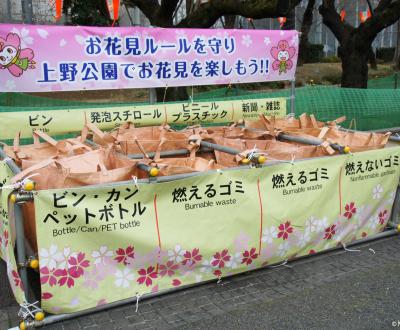Cleanliness in Japan
With the Covid-19 outbreak and the related physical distancing measures since early 2020, the daily hygiene (starting from washing hands) came back under the spotlights. On Kanpai-Japan, we mentioned countless times the proverbial cleanliness of Japanese people, but we had not a dedicated article yet. Let’s review 20 reasons that make Japan a clean country.

Japanese people’s personal hygiene etiquette
💋 Greeting without physical contact
It is well known that Japanese people greet by bowing, instead of kissing, hugging or shaking hands.
Direct contact is avoided in many other occasions, on a daily basis:
- At the stores’ checkout registers, cashiers do not touch directly the change. Coins are placed on a small tray so the customer can collect them without touching the cashier’s hand and vice-versa;
- In bakeries or pastry shops, employees use pincers to handle products and place them on a tray, and never use their hand to grab them;
- Taxi drivers wear white gloves, even though rear doors are opened automatically.
- Etc.
😷 Wearing a face mask is "the norm"
It was told over and over with the Covid-19 outbreak: Japanese people and generally Asian people have been precursors in the use of sanitary mask 😷 for a century.
Nonetheless the pandemic’s context, the face mask’s benefits were acknowledged a long time ago and it is well known they help avoid spreading germs, especially seasonal viruses in winter.
🥢 Cleaning with oshibori before meal
At the restaurant or in the izakaya pub, each seating customer receives an oshibori, which is a small wet heated towel to use before eating by thoroughly rub hands in it before starting the meal.
Even though it is not customary, some Japanese take the opportunity to rub their face, neck and back of the neck as well.
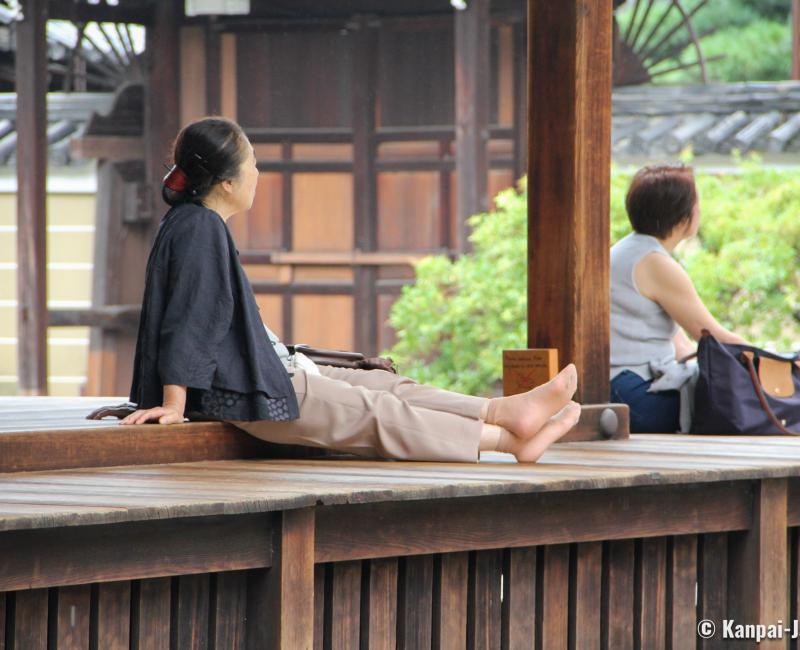
👞 No shoes indoor
With the concept of soto / uchi, Japanese distinguish clearly between outdoor and indoor. The material manifestation of the concept is the genkan: a vestibule of various size located at the entrance of the houses and apartments, ryokan, temples and izakaya pubs.
It is inconceivable to walk shoes on in a Japanese interior, at home or in a shared space. Shoes are to be taken off to walk indoor, in socks or in slippers (and never barefoot, still for hygienic reason). That is why it is necessary to always walk around with a spare pair of clean socks, without hole!
🚽 Japanese toilets
Forget about simply wiping in Japanese toilets 🚽. They are indeed fitted with a water gush for everybody’s bottom and a bidet function for ladies. For the latter, an ambiance sound is even possible to cover possible inelegant noises. We introduced the Japanese toilets in details in a dedicated article:
Free toilets are accessible in many places (stations, konbini, shopping malls, touristic places, etc.), which helps avoid unhygienic "leaking" at each street corner.
It also seems that Japanese men, compared to other men in the world, are inclined to do their number one seating rather than standing, as it helps to avoid nasty droplets around the toilets.
🧒🏻 Cleanliness learning as soon as elementary school
Little Japanese learn as soon as childhood the rules of a basic hygiene routine, such as washing hands when coming back home.
But the society goes further in education, especially at school. The classrooms, shared spaces and toilets are cleaned by the pupils (from dusting to moping or scrubbing), who form small groups carrying out the chores in rotation.
In some kindergartens, even the smallest kids are asked to help with the cleaning duty, to the extent of their ability and age, for example by clearing their table after the meal.
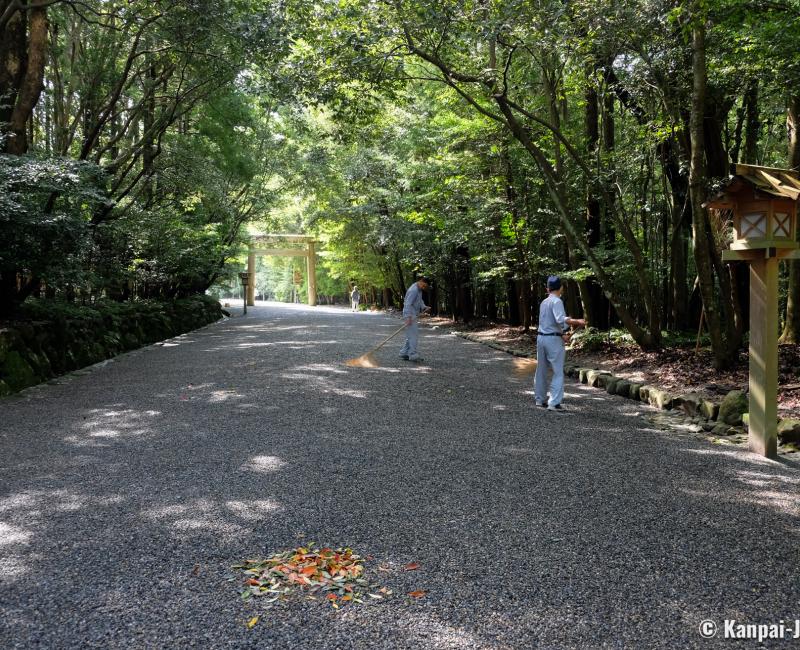
🏡 Cleaning in front of the house
Residential areas inhabitants who live in houses do not stop the cleaning at the limit of their garden.
Everyone cleans up and maintains on a daily basis the part of the sidewalk (and sometimes of the road) in front of their house: leaves, snow or possible garbage are swept up, the surroundings are weeded, etc. Those common spaces are thus preserved and more pleasant to use.
🧹 Osoji: the great spring end-of-the-year cleaning
It is a tradition to welcome the New Year: osoji is a kind of purification ritual, during which everything at home must be cleaned.
But the cleaning is not limited to the house, at work as well, a full day can be dedicated to a thorough cleaning of the office before January, to get rid of dirt and spend a different quality time with coworkers.
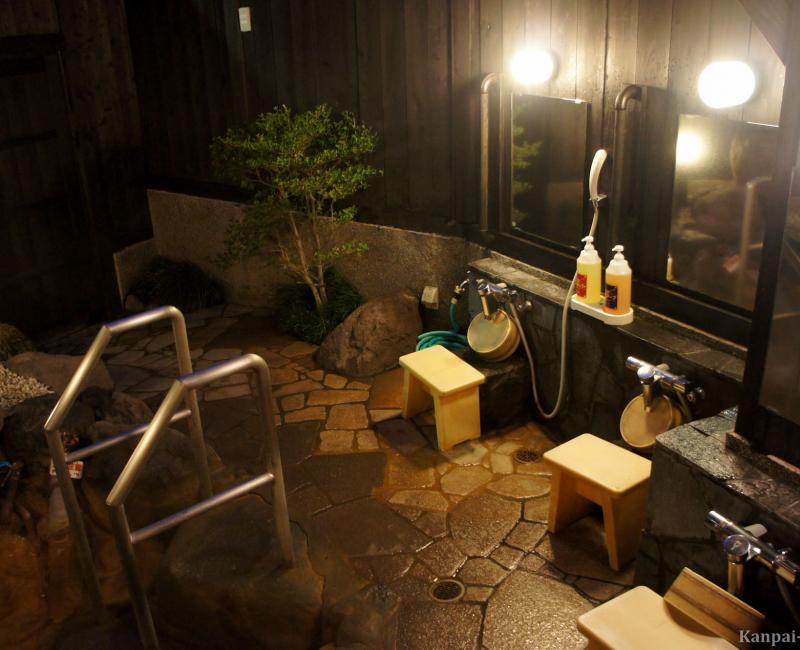
🛁 Washing before entering the bath
Japanese bathrooms include a showering space separated from the bathtub. Bathing in Japan is indeed a two-steps process: first wash the body, then when perfectly cleaned, enter the bathtub filled with hot water for a relaxing moment. The members of the household will share the same tub and water.
This Japanese habit dates back to the times when houses were not fitted with an individual bathroom 🛁, and still exists nowadays in onsen ♨️ (public hot springs). Public baths (or sento) were shared spaces so people took quite naturally the habit to wash individually before dipping in the shared tubs.
🚰 Ugai: the Japanese gargling
In many countries, brushing teeth is completed by flossing, in Japan there is ugai. Well beyond a simple gargling, it is a part of the daily oral care routine and is said to help keep a fresh breath.
But ugai (make it sound "bukubuku") is not only done on morning and evening: Japanese people also gargle when coming back home, after washing hands (make it sound "garagara")! It helps to clear the throat from any dust and is said to prevent cavities and small viruses.
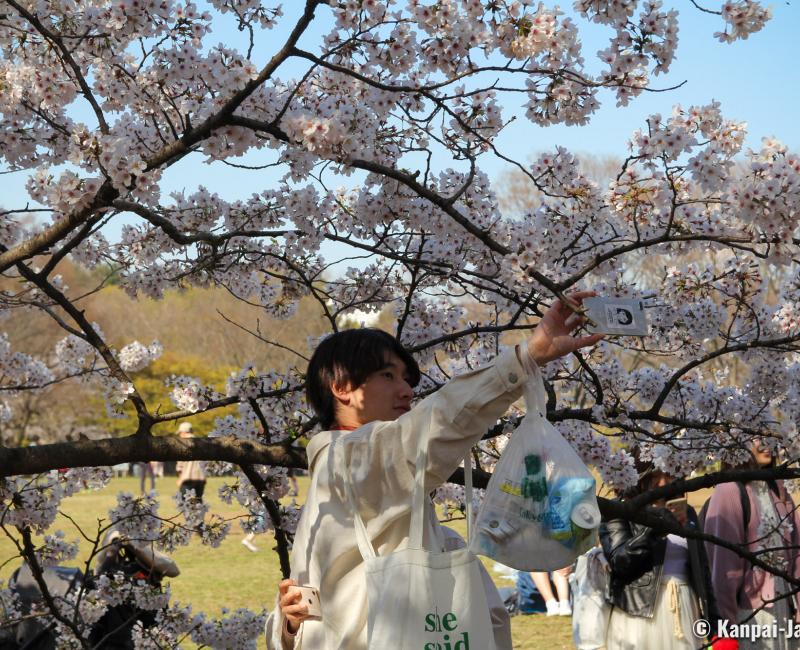
In the public space
🗑 Few garbage bins in the streets or in buildings
There is almost no trash bin left in the public space in Japan since Tokyo subway 🚇 sarin attack in 1995 (the last terrorist attack to date in Japan), that killed 13 and injured 6,000 persons. Consequently, everybody keep their trash (in the pocket or in a bag) to throw them away later, at home or in the bins in front of some konbini.
There are no trash on the floor, but many cleaning association exist and operate after big events, such as Halloween 🎃 celebration in Shibuya.
👣 Spotless pavement and house fronts
Most of the streets in Japan are extremely clean, one dare say spotless. There are many reasons to this:
- Many cleaning staff operate in large and middle size streets, in stations, etc.;
- Diesel vehicles are forbidden since 1990 in Tokyo, which helps reduce fine particles and visible dregs of pollution;
- Graffiti are a lot less numerous than in any other large cities in the world.
As a consequence, everything is spotless most of the time: ground, signs, railings, and other shared public equipment.

🚄 The high-speed train cleaning
It is called the "7-minutes miracle." It is the time necessary for Japan Railways cleaning teams to thoroughly tidy up a Shinkansen at the terminus (including turning the seats so that they face the traveling direction)!
Trains in Japan 🚅 are managed by private companies, so cleanliness is taken highly in transportation.
⚽️ Behavior at sports events
Japanese sport fans’ cleanliness is notorious in the world as they always leave the sport events' precincts with their trashes, and after a good cleaning of their seats. They did so in recent major events such as the Rugby World Cup (in autumn 🍁 2019) and Soccer World Cup (early 2018 summer). Japanese athletes do the same and they clean their locker room themselves, an attitude that has been widely broadcasted in the media and on social networks.
Japanese spectators thus involuntarily display their civic-minded attitude and cleanliness, surprising the world, whereas it is quite a natural habit.
🚬 Smoking only in dedicated and closed places
In Japan, smoking in the street is prohibited. Smokers must look for "smoking areas," airtight glass-walled settings with smoke extractors. Non-smokers are thus protected from smells, ashes and cigarette butts on the floor.
On open-air areas, such as beaches 🏖, many Japanese smokers use a pocket ashtray to avoid dirtying the sand.
Over the past recent years, Japan has largely extended smoking ban to many public areas, especially to restaurants, closing the gap with other developed countries’ smoking ban policies.
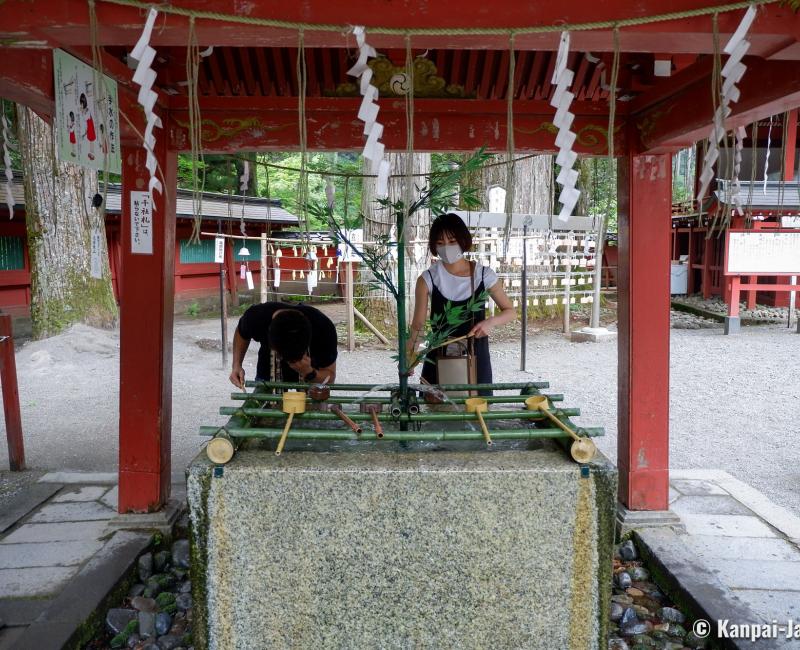
⛩ Temizu: purify before entering a place of worship
It is as much a spiritual ritual as a hygienic one: one must purify hands and mouth with clear water before walking in a shinto shrine grounds, at a small pavilion called chozuya.
In 2020, due to the Coronavirus 🦠 pandemic, some places temporarily banned the habit, but there is no doubt it will resume once the situation is back to normal.
👗 Fitting rooms
In Japanese retail shops, it is necessary to take off shoes to enter a fitting room.
When trying a cloth, customers are asked to wear a specific mask to avoid stains from make-up, so the clothes can still be purchasable.
🤧 Tissue papers distribution
In the most popular areas, usually near the stations, you may be handed small free tissue papers packets by part-timers (baito). The back of the package is generally used to advertise a local restaurant or an online service.
It is not polite to blow one’s nose in public in Japan, but the tissue can be used for many other purposes. The counterpart is that snorting and sniffing noises are a common background sound, especially in winter during the flu season.
🏘 Moving house
Moving companies in Japan not only handle furniture and heavy boxes, but they also take great care of not damaging or dirtying the residence and its surrounding. Thus, floor and walls, especially in apartment buildings' shared-spaces, are covered with protective layers.
Inside the house or the apartment, the movers walk in socks, and even change socks between the departure and the arrival house!
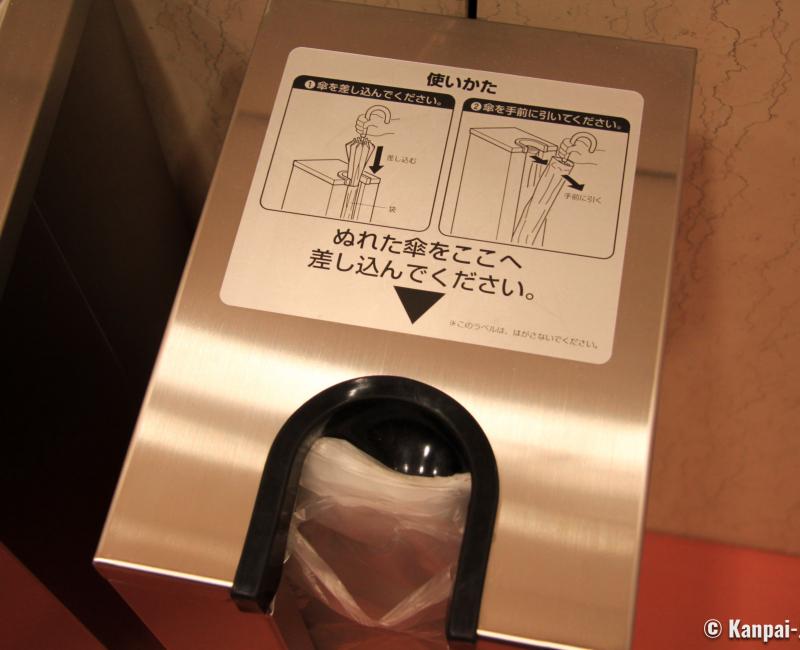
🌂 The wet umbrella bag
Aside the traditional shared receptacle at the shop’s entrance to deposit wet umbrella, many shopping malls offer an alternative solution to avoid walking inside with a dripping umbrella or the risk to have it "borrowed" inadvertently from the umbrella stand.
It is a long, thin plastic bag, in which the umbrella is inserted. You can still carry around your umbrella, without sprinkling the shop’s floor.
Despite being not really environment-friendly the concept may sum up the idea of cleanliness the Japanese way.

